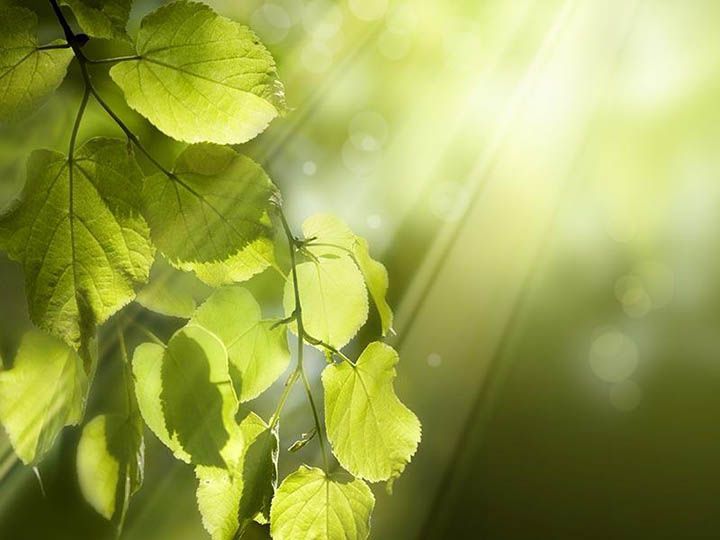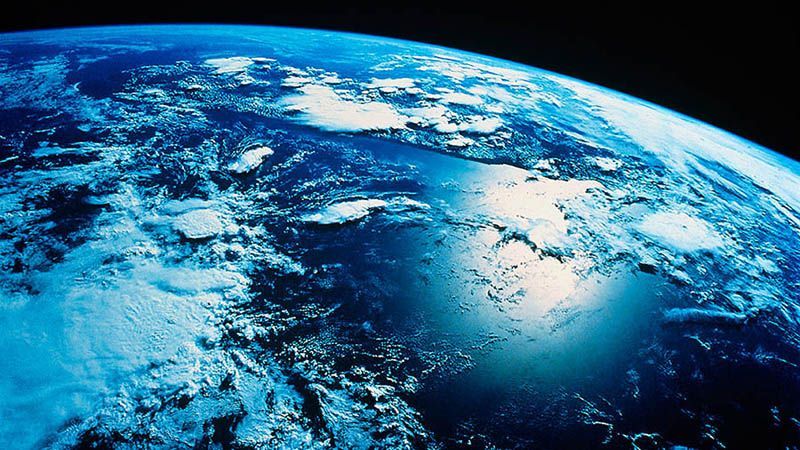Photosynthesis
All green plants have the capability to prepare their own food, and are therefore called autotrophs (auto = self ; trophe = nourishment). This method of nutrition is called autotropic nutrition.
For preparing food, a plant requires the following : 1. Water (from soil). 2. Carbon dioxide (from air). 3. Chlorophyll (contained in the leaf) 4. Energy (from sunlight)

The term photosynthesis means combining by light (photo = light; synthesis = combining). During photosynthesis, water( water is combined with carbon dioxide to produce glucose and oxygen.
Photosynthesis is represented as follows:

Photosynthesis occurs in the leaf. The cells in the leaf containing a greenish‘ pigment, - are more abundant on the upper side of the leaf forming palisade layer where they can receive, more sunlight.
In the interior of the leaf, there are veins which bring water to the chlorophyll-containing cells). On the lower surface of the leaf are ( present numerous pores called stomata (singular : stoma), which open into small air cavities inside the leaf.
Carbon dioxide from the air diffuses into the leaf :..rough the stomata and reaches the cholorophyll-containing cells.
How does it occur?
The sunlight falling on the leaf is absorbed by the chlorophyll to provide energy. This energy is used to split water molecule (H20) into 1-14 and OH- ions.
Subsequently, a series of chemical reactions occur : (1) Oxygen from OH- is released into the air and
(2) H+ (hydrogen ion) combines with carbon dioxide to form glucose (C6H1206).
Where does it occur?
Structure of Stomata
Each stomata has two bean-shaped ells called the guard cells. The inner walls of the guard cells are thicker than he outer walls.

When the guard cells are leaf full of water, they swell and bulge green outwards and the stomata open. When the guard cells lose water, they lose their turgidity and the stomata closes.
The main function of the stomata is to let in carbon dioxide from the atmosphere for photosynthesis. When the stomata are not in use i.e. when it is dark, they tend to close their openings so that water is lost from the leaves through transpiration.

